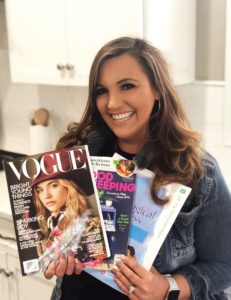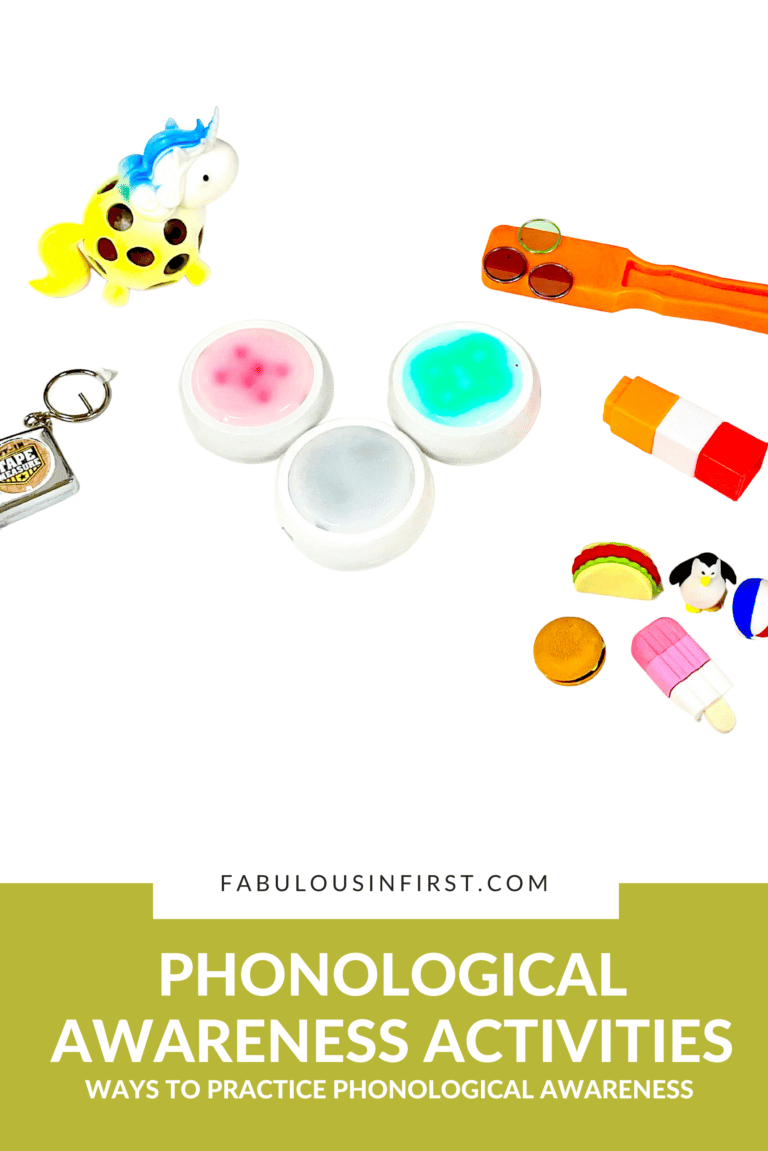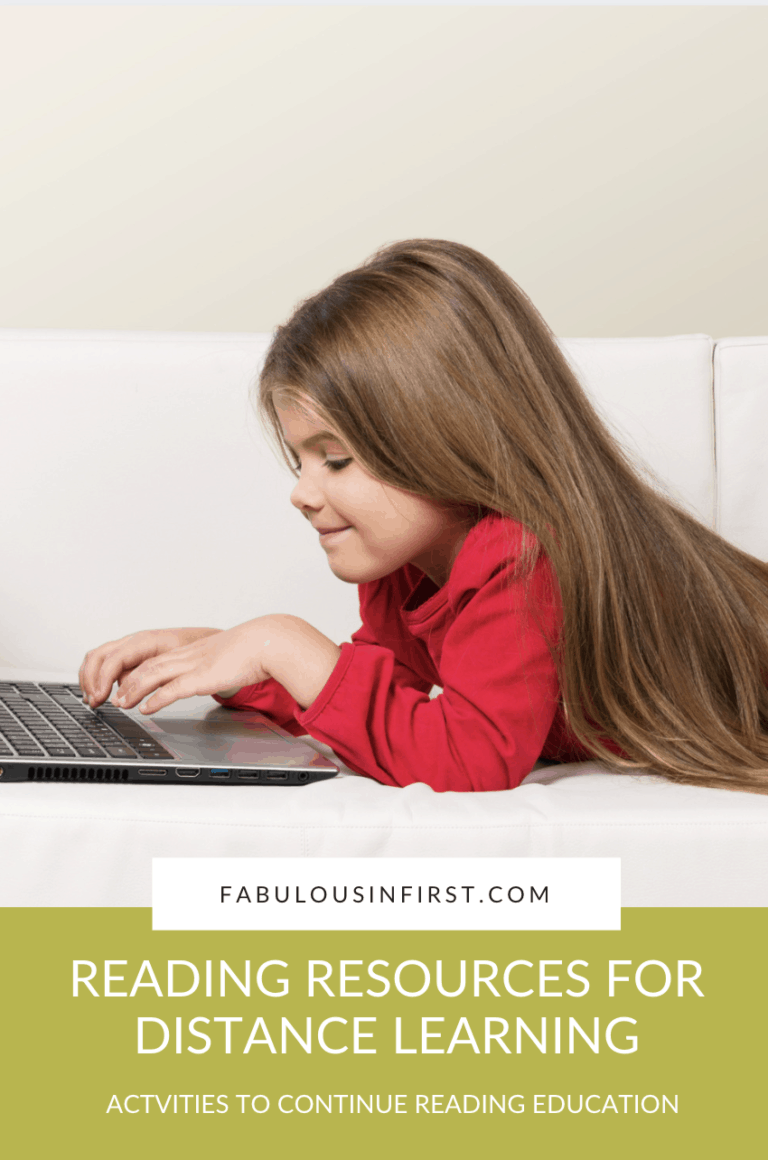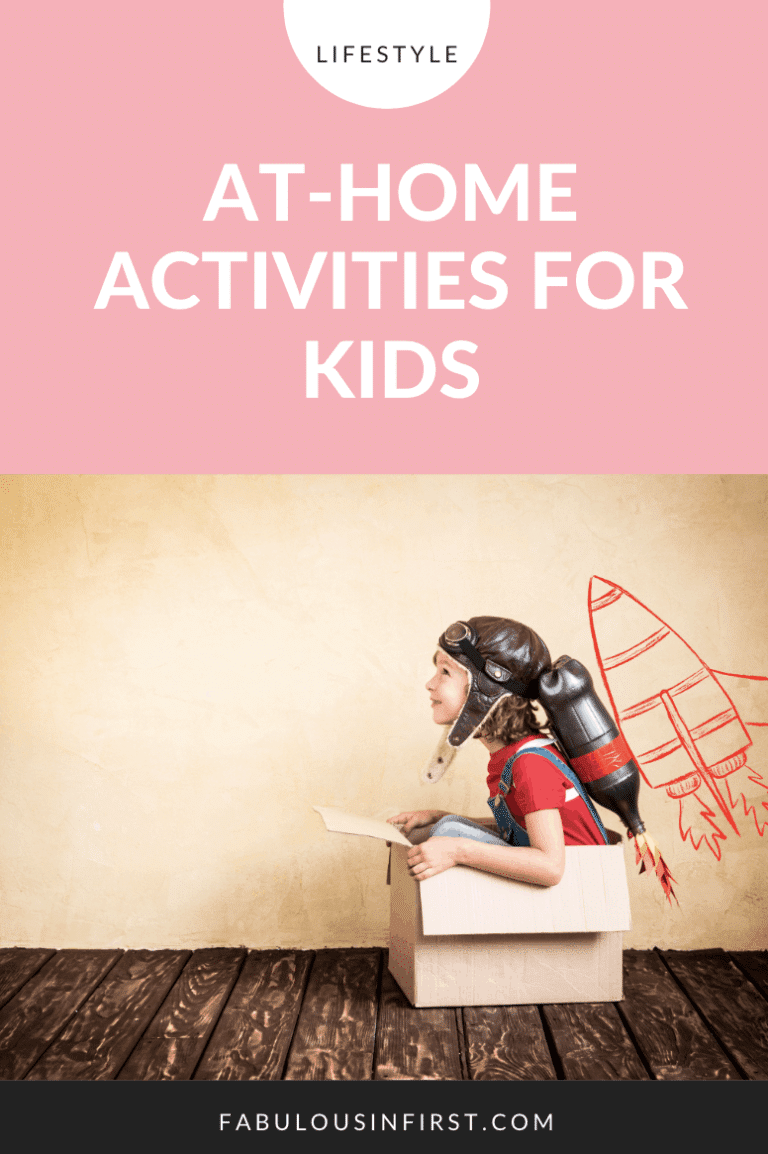I think we are all very good at teaching our kiddos strategies to figure out tricky words and how to retell, but how do you teach kids to really think about reading? Reading comprehension is a tough one. So I thought I’d post about the comprehension strategies, some books that are great to use for teaching them, and give a you a freebie. Yay! Reader’s workshop!
I’ll cover the following comprehension strategies:
- Making Connections
- Visualizing
- Questioning
- Inferring
- Determining Importance
- Synthesizing
When I first started teaching the comprehension strategies Reading With Meaning: Teaching Comprehension in the Primary Grades was my bible! If you haven’t read it. It’s a must.
was my bible! If you haven’t read it. It’s a must.
Another books that helped me build my lesson was Kathy Collins, Growing Readers.
Here are the books I use to teach these very important strategies.
1. Making Connections:
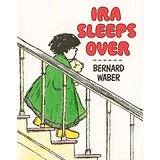 Kiddos need to read and know how to think about their reading as well. The easiest place to start is to teach your students to make connections. Using their prior knowledge or “schema” is extremely important. A great book to teach Text to Self connections is Ira Sleeps Over. While, Amazing Grace and Oliver Button is Sissy work really well for comparing two texts or making Text to Text connections. And finally, The Lorax is a wonderful book for making Text to World connections and comparing the book to taking care of our environment.
Kiddos need to read and know how to think about their reading as well. The easiest place to start is to teach your students to make connections. Using their prior knowledge or “schema” is extremely important. A great book to teach Text to Self connections is Ira Sleeps Over. While, Amazing Grace and Oliver Button is Sissy work really well for comparing two texts or making Text to Text connections. And finally, The Lorax is a wonderful book for making Text to World connections and comparing the book to taking care of our environment.2. Visualizing:
This is one of my favorite comprehension strategies to teach. Having kids turn words in a book or poem into actions or pictures is so much fun to watch. I use many poems, as well as excerpts from chapter books like Charlotte’s Web to have my students make meaning. My kids learn to use all of their senses to make mental images. I use Creatures of Earth, Sea and Sky by Georgia Heard for lots of great poems. I also use the Napping House to teach my kids how to hear what is going on in a
story and I love to use the poetry book Commotion in the Ocean for my kids to act out the words.
3. Questioning:
Kids are full of questions so this unit is fun one. I love to hear the questions they come up with to help themselves clarify meaning, predict what is yet to come and locate specific answers. Along with questioning you also have to remember to teach your students how to find the answers to their questions. Will they be able to find the answer right in the text, will they have to infer, or do they have to do more research. It’s funny, and also very interesting to see what they wonder. One of my favorite books and lessons uses the book Grandfather Twilight. Just the cover elicits a number of questions and leads us to a discussion on making inferences. I always end this unit with a book called The Wise Woman and her Secret.
4. Inferring:
Inferring and Questioning go hand in hand. I love teaching kids to infer the meaning in words and inferring meaning in books. I always tell my kids inferring is like figuring out a mystery. It’s what the author wants you to get out of the book without telling you. My kids become book detectives and it’s so much fun! To start my unit, I wanted an easy way to introduce the concept of inferring. So I created these cards. A book I always use for inferring words is The Royal Bee. And I love to use Creatures of Earth, Sea and Sky by Georgia Heard and Fly Away Home by Eve Bunting for inferring meaning.
5. Determining Importance:
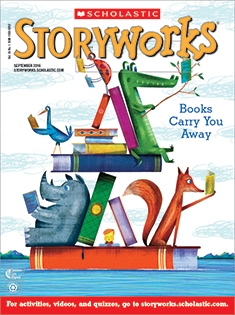
This is so big, especially with the Common Core. I really do love to teach my kids how to find the key details in nonfiction text and teaching them the conventions of nonfiction books is so important. A great and easy way to teach little people to find information without overwhelming them in the beginning is to use Scholastic News, NEWSELA or Storyworks.
6. Synthesizing:
Last but not least is synthesizing. It’s taking all of the things you’ve learned to help you develop an understanding of what you’ve read. I absolutely love the book Charlie Anderson for this! Your thinking changes throughout the story and then you make a final conclusion as to what the author wants you to understand. This book is a good one. But also be prepared for those few kiddos that don’t get it. They make our job interesting!
For lots of great reader’s response sheets to accompany these books click below.
For lots of great reader’s response sheets to accompany these books click below.







